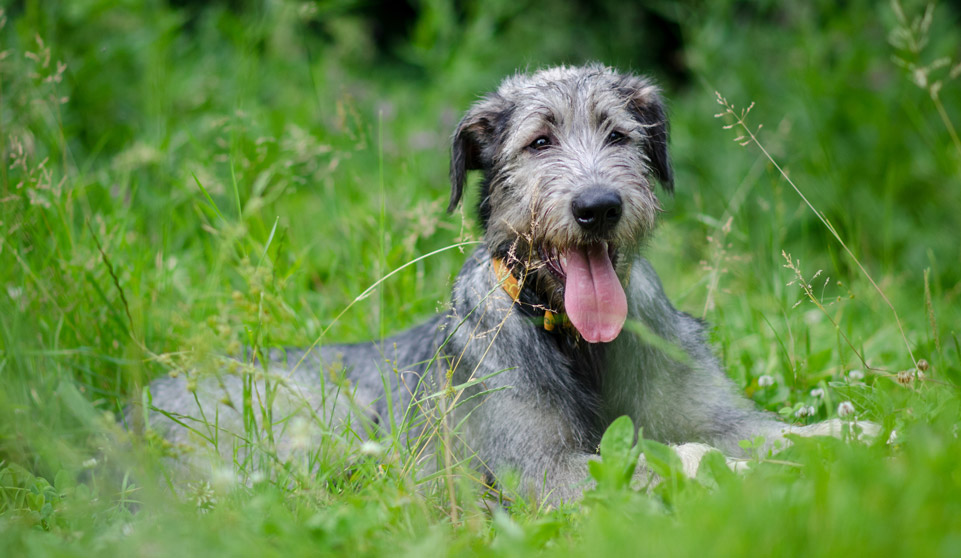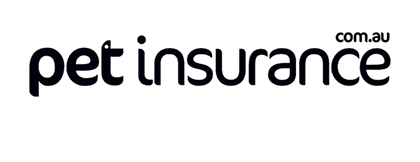Irish Wolfhound Information

History
The Irish Wolfhound derived its name from its use of hunting wolves.
Roman records suggest that this ancient breed dates back as far as 391AD.
The last wolf is thought to have been killed in Ireland in the 19thcentury and with the Great Famine of the 1840s, the breed began to seriously decline.
However, a British army man, Captain George Graham saved the breed and increased the population of the breed within the UK and Ireland.
In Australia, the Irish Wolfhound was used in crosses for kangaroo-hunting dogs.
The Irish Wolfhound Club was founded in 1885 and officially recognised by Kennel Clubs in 1925.
Characteristics
- World’s Tallest Dog
- Calm
- Quiet
- Patient
- Devoted
Irish Wolfhound Temperament & Size
These large, course haired dogs are gentle giants. They are good natured, sweet, patient and very good with children and other pets.
Due to their size they are not suited to apartment living and are happiest when they have a large area to roam around in. A secure area is critical as they are sighthounds (which means they hunt by sight) and they will chase things.
The Irish Wolfhound is relatively easy to train. Early socialisation and consistent, confident training is paramount to avoid bad behaviour.
Irish Wolfhound Life Span & Health Problems
Average lifespan is 6-8 years.
Common Illnesses include;
- Hip Dysplasia – Genetic condition that cause abnormal development of the elbow and hip joints in young dogs. This can lead to early onset degenerative joint disease.
- Osteochondosis dissecans (OCD) – Developmental disorder where flaps of cartilage run against tissue causing irritation, pain, lameness and eventual degenerative joint disease. If severe enough, this can require surgery.
- Bloat (Gastric Dilatation Volvulus, GDV) – Twisting of the stomach resulting in rapid swelling of the abdomen causing pain and eventual death if not treated.
- Dilated Cardiomyopathy – Poor contractility of the heart muscle leads to arrhythmias and congestive heart failure.
- Elbow Hygroma – Large fluid build-up at the point of the elbow which may require surgery.
- Progressive Retinal Atrophy (PRA) – Progressive degeneration of the retina eventually causing blindness.
- Porto – Systemic Shunt – They are predisposed to liver shunts that can cause poor growth, seizures and liver failure. They require surgery.
- Osteosarcoma – They are prone to cancer of the bone.
